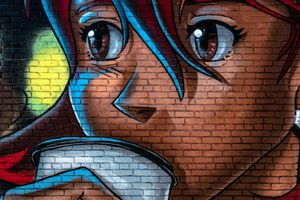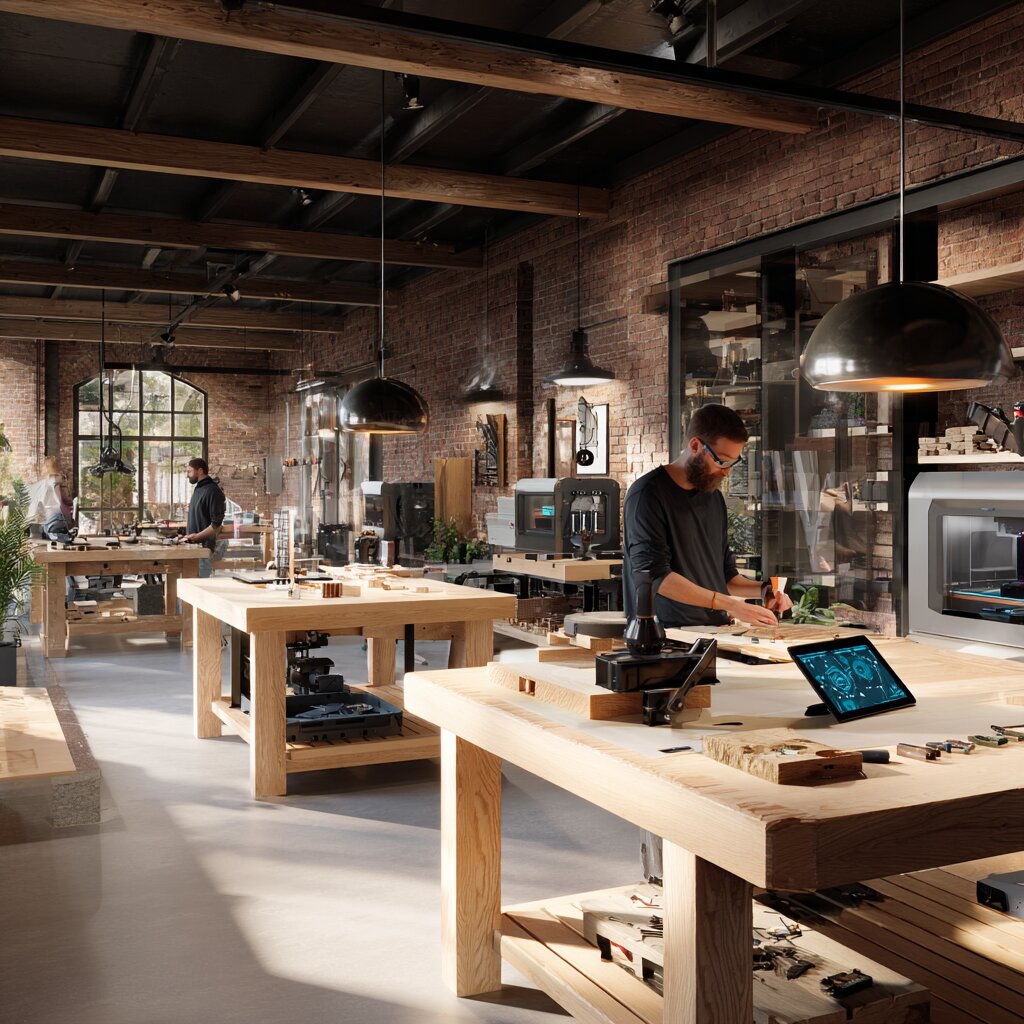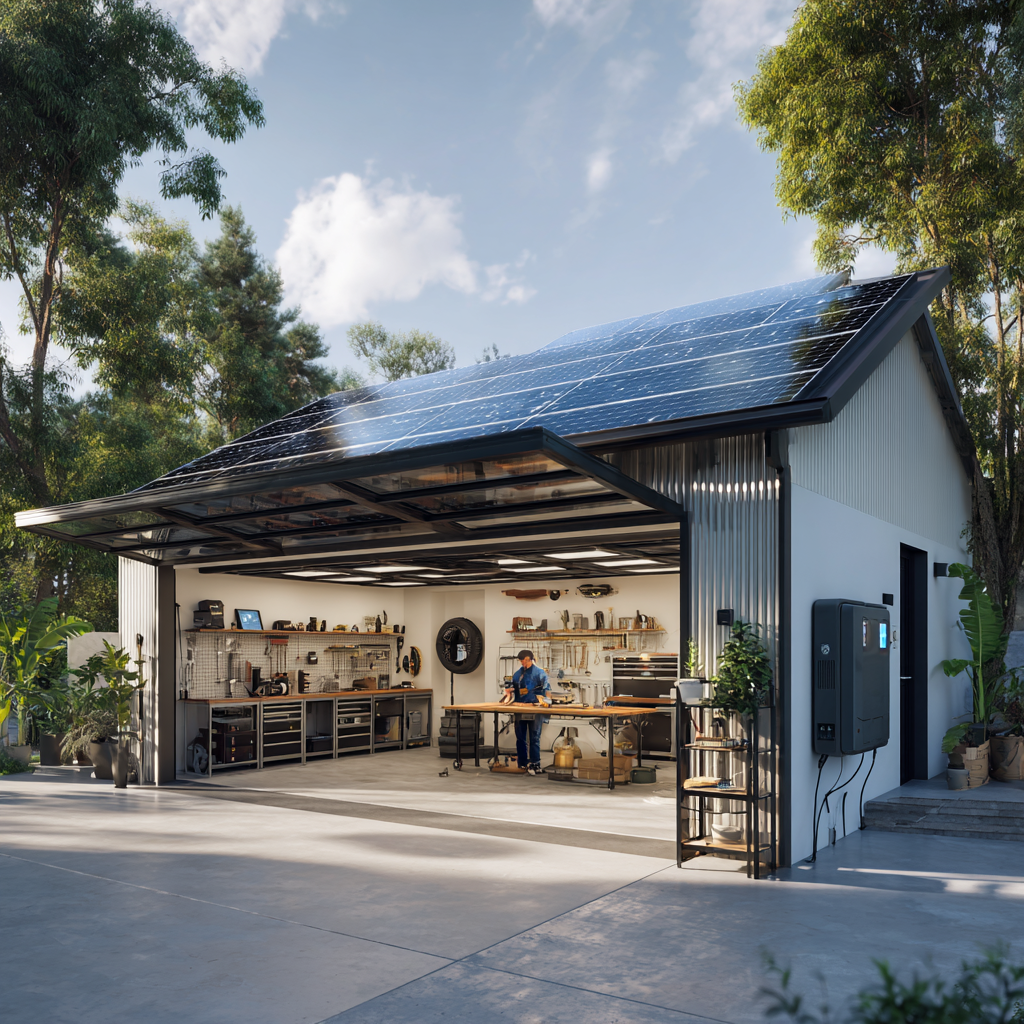3D Scanners for DIYers: From Phone to Professional
Guide to the world of 3D scanning. From photogrammetry using mobile phones to professional scanners. Software, techniques and practical applications.

Transform Your Home Into a Smart Paradise - 2025 Guide
Discover the latest smart home technology that will revolutionize your daily routine.

3D scanning is no longer just the domain of industrial applications. Thanks to accessible technologies, today any DIYer can digitize objects for 3D printing, reverse engineering, or archiving. Let's explore options from the simplest to professional.
🎯 What you can scan:
- Spare parts for cars or appliances
- Historical objects for archiving
- Components for reverse engineering
- Decorative objects for reproduction
- Project parts for documentation
3D Scanning Technologies
1. Photogrammetry
Creating 3D models from photographs:
Principle:
- Multiple photos from different angles
- Software finds common points
- 3D geometry reconstruction
- Texturing from photographs
Advantages:
- Cheap (phone sufficient)
- Scanning large objects
- Capturing colors and textures
Disadvantages:
- Problems with shiny/transparent surfaces
- Time-intensive processing
- Need for good lighting
2. Structured Light
Projecting patterns onto object:
Principle:
- Projector emits patterns
- Camera captures deformations
- 3D shape calculation
Properties:
- High accuracy (0.05-0.1 mm)
- Fast scanning
- Suitable for small to medium objects
3. Laser Scanning
Time-of-flight or triangulation:
Types:
- Handheld laser scanners
- Stationary scanners
- LIDAR systems
Applications:
- Industrial metrology
- Reverse engineering
- Architecture
Phone-Based Scanning
Recommended Apps
iOS:
Polycam (freemium)
- LIDAR support (iPhone 12 Pro+)
- Photogrammetry
- STL/OBJ export
RealityScan (free)
- By Epic Games
- Cloud processing
- High quality
3D Scanner App
- LIDAR only
- Real-time scanning
- On-device editing
Android:
KIRI Engine
- Photogrammetry
- AI enhancement
- Cloud processing
Qlone
- Uses AR marker
- Simple process
- Instant preview
Mobile Photogrammetry Process
1. Object preparation:
- Matte surface (spray for shiny)
- Good lighting (diffused)
- Contrasting background
- Reference markers (optional)
2. Photography:
- 50-200 photos
- 60-80% overlap
- Various angles and heights
- Stable exposure
3. Processing:
- Upload to app
- Wait for computation
- Quality check
- Model export
Dedicated 3D Scanners
Entry-level (under $1,200)
Creality CR-Scan Lizard
- Technology: Structured light
- Accuracy: 0.1 mm
- Working distance: 200-400 mm
- Price: ~$600
Revopoint POP 3
- Dual IR cameras
- Accuracy: 0.1 mm
- Color scanning
- Price: ~$800
Mid-range ($1,200 - $6,000)
EinScan SE/SP
- Desktop scanner
- Accuracy: 0.05 mm
- Automatic turntable
- Price: ~$2,000
Artec Eva Lite
- Handheld scanner
- Fast capture
- Large objects
- Price: ~$4,800
Professional (over $6,000)
Artec Leo
- Wireless
- Integrated display
- AI tracking
- Price: ~$24,000
Processing Software
Photogrammetry
Meshroom (free, open-source)
# Basic workflow
1. Import photographs
2. Feature detection
3. Structure from Motion
4. Depth maps
5. Meshing
6. TexturingReality Capture (pay-per-input)
- Fastest processing
- High quality
- Laser scan support
- Steam version available
Metashape (professional)
- Scientific accuracy
- Python scripting
- Orthophoto export
- GIS integration
3D Scan Editing
MeshLab (free)
- Mesh cleaning
- Decimation
- Remeshing
- Quality analysis
Meshmixer (free)
- Sculpting tools
- Boolean operations
- Support generation
- STL repair
Blender (free)
- Complete 3D suite
- Retopology
- UV mapping
- Rendering
Practical Projects
1. Spare Parts
Workflow:
1. Scan broken part
2. Fix geometry in CAD
3. 3D print
4. Test and adjustments
5. Final part
Examples:
- Plastic covers
- Gears
- Brackets and mounts
- Decorative elements
2. Archiving and Documentation
Family Heirlooms:
- Scanning before renovation
- Digital archive
- Replicas of fragile items
Technical Documentation:
- Reverse engineering
- Quality control
- Digital twin
3. Art and Design
- Sculptures and figurines
- Jewelry (for mold making)
- Product customization
- Artistic installations
4. Practical DIY
Example: Custom tool holder
- Scan tools
- Design holder in CAD
- Fit precisely to shape
- 3D print
- Mount in workshop
Tips for Quality Scanning
Object Preparation
Problematic surfaces:
- Shiny → matte spray
- Transparent → thin chalk layer
- Black → white powder
- Hairy → fixing spray
Reference markers:
- Coded stickers
- Improve tracking
- Facilitate alignment
Lighting:
- Diffused light
- No harsh shadows
- Constant temperature
- Softboxes ideal
Data Processing
Mesh optimization:
Optimization steps:
1. Remove isolated vertices
2. Fill holes (small ones)
3. Smooth (carefully)
4. Decimate (target polycount)
5. Remesh (for better topology)
3D Print preparation:
- Watertight mesh
- Consistent normals
- Minimum wall thickness
- Remove self-intersections
Method Comparison
| Method | Accuracy | Speed | Cost | Suitable for |
|---|---|---|---|---|
| Phone photo | 1-5 mm | Slow | $0 | Large objects |
| Phone LIDAR | 2-10 mm | Fast | $0* | Spaces |
| Entry scanner | 0.1-0.5 mm | Medium | $600-1200 | Small parts |
| Pro scanner | 0.01-0.1 mm | Fast | $6000+ | Industrial |
*Requires LIDAR phone
Common Problem Solutions
Holes in model:
- More photos from problematic angles
- Manual filling in software
- Better lighting
Data noise:
- Filtering in post-processing
- Better scanner settings
- More stable handling
Lost details:
- Higher scanning resolution
- Closer distance
- More overlaps
Future of 3D Scanning
2025+ Trends:
AI reconstruction:
- Filling missing parts
- Automatic optimization
- Object recognition
Real-time scanning:
- Instant preview
- On-device processing
- AR overlay
Multimodal fusion:
- LIDAR + photo combination
- Thermal imaging
- Multispectral data
Conclusion
3D scanning opens new possibilities for DIYers from simple repairs to complex projects. You can start with a phone and gradually upgrade according to needs. The key to success is practice and proper method selection for each project.
Do you have experience with 3D scanning? What projects have you completed? 📸
Smart Home Upgrade Package 2025
Transform your home with the latest smart technology
Transform Your Home Into a Smart Paradise - 2025 Guide
Discover the latest smart home technology that will revolutionize your daily routine.

